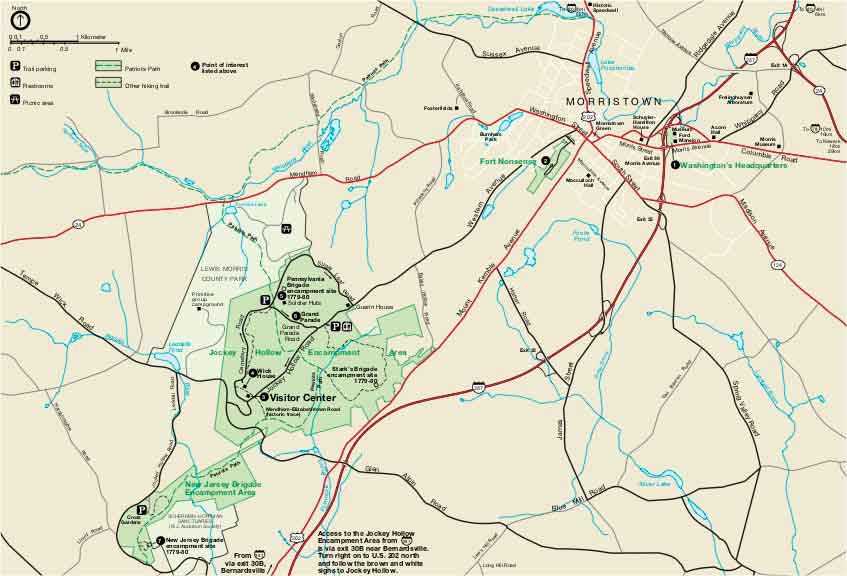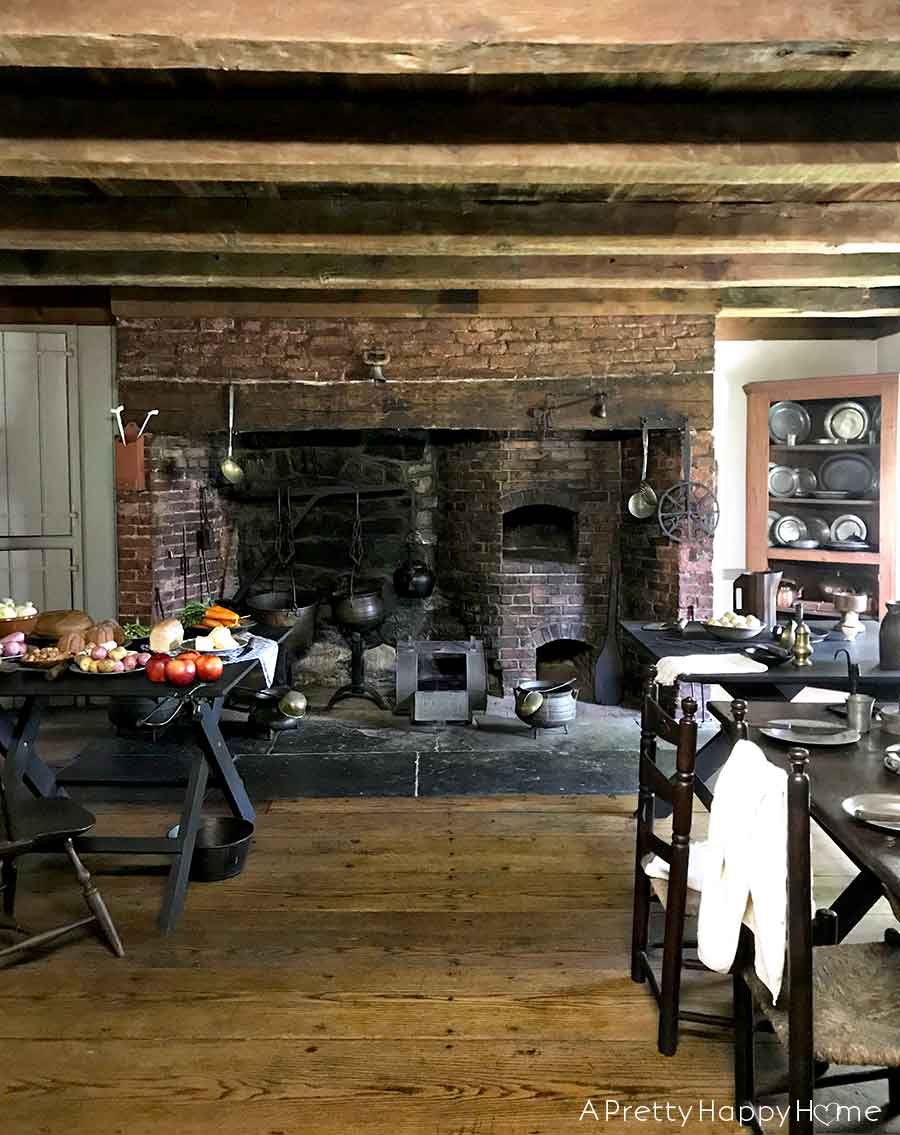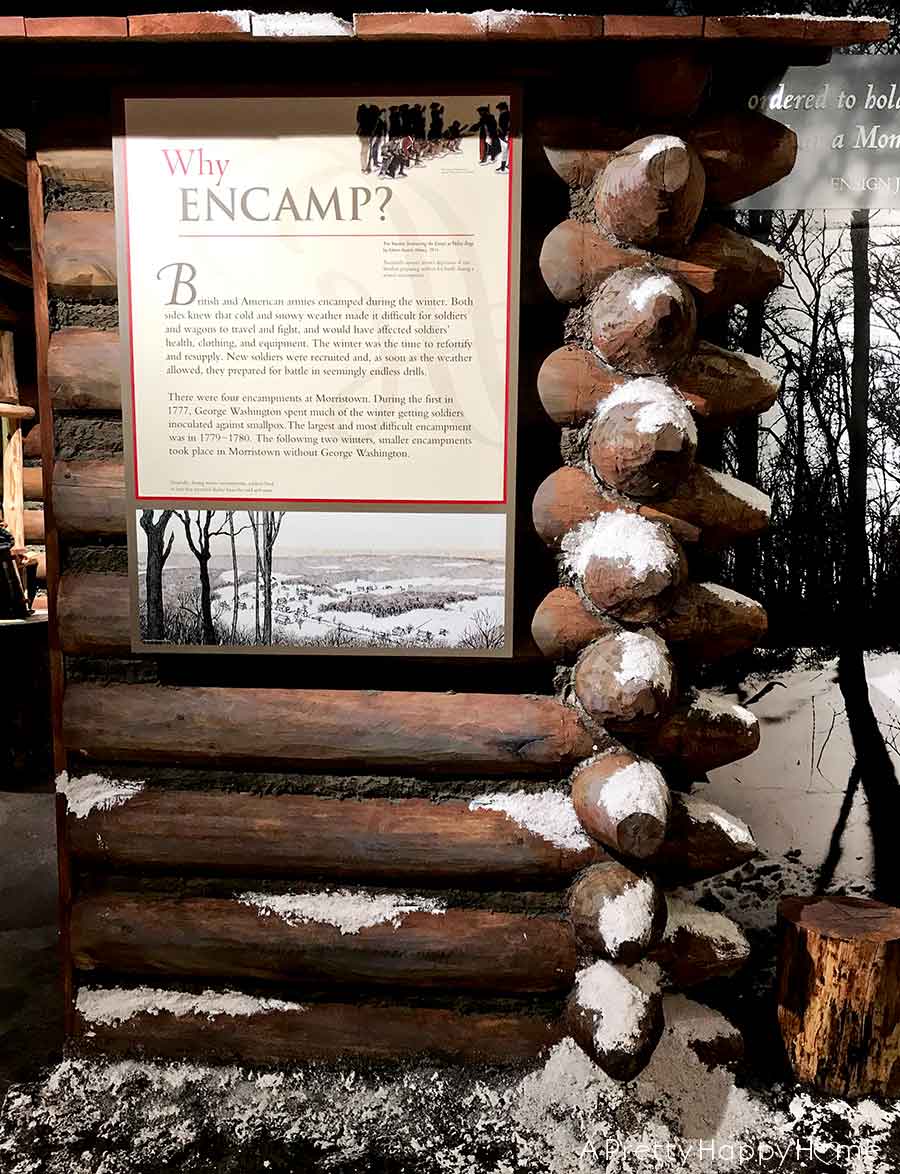
Travel: Washington’s Headquarters and Ford Mansion
When I used to think of New Jersey, I thought of Jersey Shore (the reality tv show, not the actual shore).
As it turns out, an over-the-top reality show does not do New Jersey any justice – at least not in the historical sense.
New Jersey actually played a very important role in the founding of the United States during the Revolutionary War. Think about where New Jersey is located between New York and Pennsylvania and you’ll have an ‘ah-ha!’ moment like I did.
New Jersey was centrally located among the American colonies. It had a decent transportation and provisioning system. It had also developed defense systems that would play an important role in fighting off the British.
I suspect I’ll write about many of the historical places in New Jersey in the coming years, but today’s focus will be on what has come to be known as Washington’s Headquarters in Morristown, New Jersey.
WHAT IS WASHINGTON’S HEADQUARTERS?
In the winter of 1779-1780, a widow, Theodosia Ford, allowed General George Washington to use her New Jersey mansion as his headquarters for six months.
10,000 troops stayed nearby in what is called Jockey Hollow. They cut down thousands of acres of trees to build 1,000 log huts to shelter them from what turned out to be the worst winter in decades.
(As a timeline reference, Washington and his troops stayed at Valley Forge in Pennsylvania during the winter of 1778-1779. Valley Forge is probably a more well-known Revolutionary War encampment and I wrote about it here.)
Mrs. Ford and her four children moved into two rooms of the home. General Washington and his wife, five aides and eighteen servants also lived in and used the home. The home is big, don’t get me wrong. However, if it was occupied by thirty-one people, I think it would feel a little cramped.
Members of the Ford family lived in the home (seen below) for another 100 years. In 1870, the home went up for auction.
This next part of the story will give you chills.
(image: National Park Service)
Four men who did not know each other all showed up at the auction with the intent of buying the mansion. Each of them independently knew that it was an important part of America’s history and it should be preserved.
I don’t know how they all figured out that they were on the same side, but they did – thankfully. Together they purchased the mansion and formed The Washington Association to manage the property. They donated it to the National Park Service in 1933.
In the 1930s a museum was also built on site behind Ford Mansion. It houses a collection of items related to military tactics, camp life, weapons and more. It also has a newer, interactive section that is great for kids on the building’s lower level.
ONE PART OF A BIGGER PARK
I like to clarify things in my writing that are confusing to me as a tourist in the hope that it helps someone else planning a trip. Here’s one of those things that’s helpful to know.
Washington’s Headquarters and Ford Mansion are one part of what is now known as Morristown National Historic Park and is managed by the National Park Service.
(image: National Park Service, full image here)
The reason why this is confusing as a tourist is that the sites that comprise Morristown National Historic Park are spread out and can be experienced independently from one another.
These sites include:
- Washington’s Headquarters and Ford Mansion
- Fort Nonsense
- Jockey Hollow Encampment Area and Visitor Center
- Wick House
- Pennsylvania Line Encampment Site
- Grand Parade
- Stark’s Brigade Encampment Site
- New Jersey Brigade Encampment Site
- Cross Estate Gardens
Yep, it’s a lot!
If you had to prioritize which parts of the park to visit first, I’d put Washington’s Headquarters/Ford Mansion and Jockey Hollow Visitor Center at the top of your list.
I’ve linked all the above sites so you can research them independently on your own. If any of the links stop working, please let me know so I can update them.
ADMISSION
Admission to Washington’s Headquarters and Ford Mansion is FREE. So many of our state and national parks have an admission fee or at least a parking fee, so I’m always elated when I discover a museum or park that is free to visit.
Don’t let the absence of a fee make you think the site is lacking in any way. The exhibits are exceptionally well done and as engaging and professional as any museum you’re paying $10 or $20 to enter.
The site is open daily in the summer and Wednesday – Sunday other times throughout the year.
Please note that when you arrive you will be given tickets (if you want and if they are available) to tour Ford Mansion. Twenty people are allowed on each tour and the guided tours happen on a timed system. Again, the tour is free and you can call the day of your visit to see what times the tours will occur.
For more information on opening days, times and admission, click here.
FORD MANSION TOUR
Ford Mansion is furnished and if you’ve never seen a home from the 1700s, this will be interesting to you. Historians have done their best to recreate the rooms to the best of their ability. I believe some of the furniture is original to the home.
Period furnishings are not as eye-opening to me as they once were since I’ve been fortunate to see many historic buildings during our travels. However, what struck me about this home is that George Washington slept there. Walked those floors. Climbed those stairs. Strode through that front door.
It felt a bit like hallowed ground.
As I mentioned earlier, Ford Mansion is only open via a guided tour by a park ranger. The only weird thing about the tour is that the park ranger made a big show of locking the door so that people wouldn’t just walk in on the tour. I understand why he did it, but because of the strong emphasis he placed on the moment it prompted my odd feeling of being “locked in” the building. Of course, we could unlock the door at anytime and there was a big group of us…it was just a strange way to handle the situation.
I believe our particular tour lasted around 40 minutes and had plenty of time for questions. The little kids on the tour, even mine, were definitely getting antsy by the end.
It is fascinating to me that approximately 9,000 people per year toured Ford Mansion in the 1890s. By the 1930s, 31,000 people per year were touring Ford Mansion and learning about the Revolutionary War. Today, around 300,000 people per year visit Morristown National Historic Park, according to this source.
MUSEUM
The museum was an unexpected delight – especially since I visited with my kids, ages 8 and 11.
The main floor houses a small theater and a large collection of historic relics. Many of these relics were collected by The Washington Association (the group that bought and preserved Ford Mansion) over the course of about 50 years starting in the late 1800s. On display now is clothing actually worn by Washington, hand-written manuscripts, and books from his library, among other items.
If you can’t visit in person, this site gives a virtual tour, of sorts, of the museum’s primary collections.
As you can imagine, there isn’t much to touch in a museum filled with priceless historic relics. That’s why I was so grateful for the newer exhibit in the museum’s basement that is very hands-on and interactive for kids of all ages.
It’s a great place to learn about the life of a soldier, including what obstacles they faced on a daily basis and how they survived that terrible winter of 1779 – 1780.
LASTING IMPRESSIONS
One thing I still can’t get over from my visit to Washington’s Headquarters is the sheer amount of grit and luck that was required to survive in Washington’s army.
Sure, Washington gained expertise every year they were on the battlefront. There were also certain things he did that likely saved thousands of lives – like having the soldiers and locals inoculated against smallpox.
But those huts the soldiers built in New Jersey? Some of them weren’t completed until halfway through that horrible winter. The average number of calories a soldier consumed per day as they were training, chopping down trees and building huts was 2,500 – 2,900 calories. However, during food shortages, of which there were plenty that winter, the soldiers consumed only 1,250 – 1,450 calories per day. This is compared to the 5,000 – 6,000 calories an active military soldier consumes today, according to a display in the museum.
Bad weather definitely contributed to food shortages, but so did the absolutely terrible state of our fledgling nation’s economy. Inflation was out of control. The Continental Congress had no way to fund the military. In fact, the first appropriations act was not passed until 1789, 10 years after the soldiers encamped in Morristown.
My takeaway from visiting this national park is that as dysfunctional as our political system might be or feel today, it is important to remember why it started in the first place. I may not be super happy about prepping this year’s tax returns, but it could be worse – a 1779 kind of worse.
If you’d like to travel to Washington’s Headquarter’s and Ford Mansion, here is some more Information to help you plan your trip:
If you are visiting New York City and want to visit Morristown National Historic Park, it is located approximately 30 miles from the city.
Morristown National Historic Park website
If you’d like to request a brochure from Morris County, New Jersey, click here.
For more travel planning fun, here are some other posts you might enjoy.









